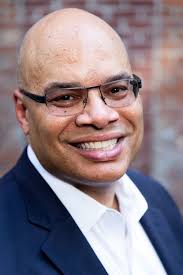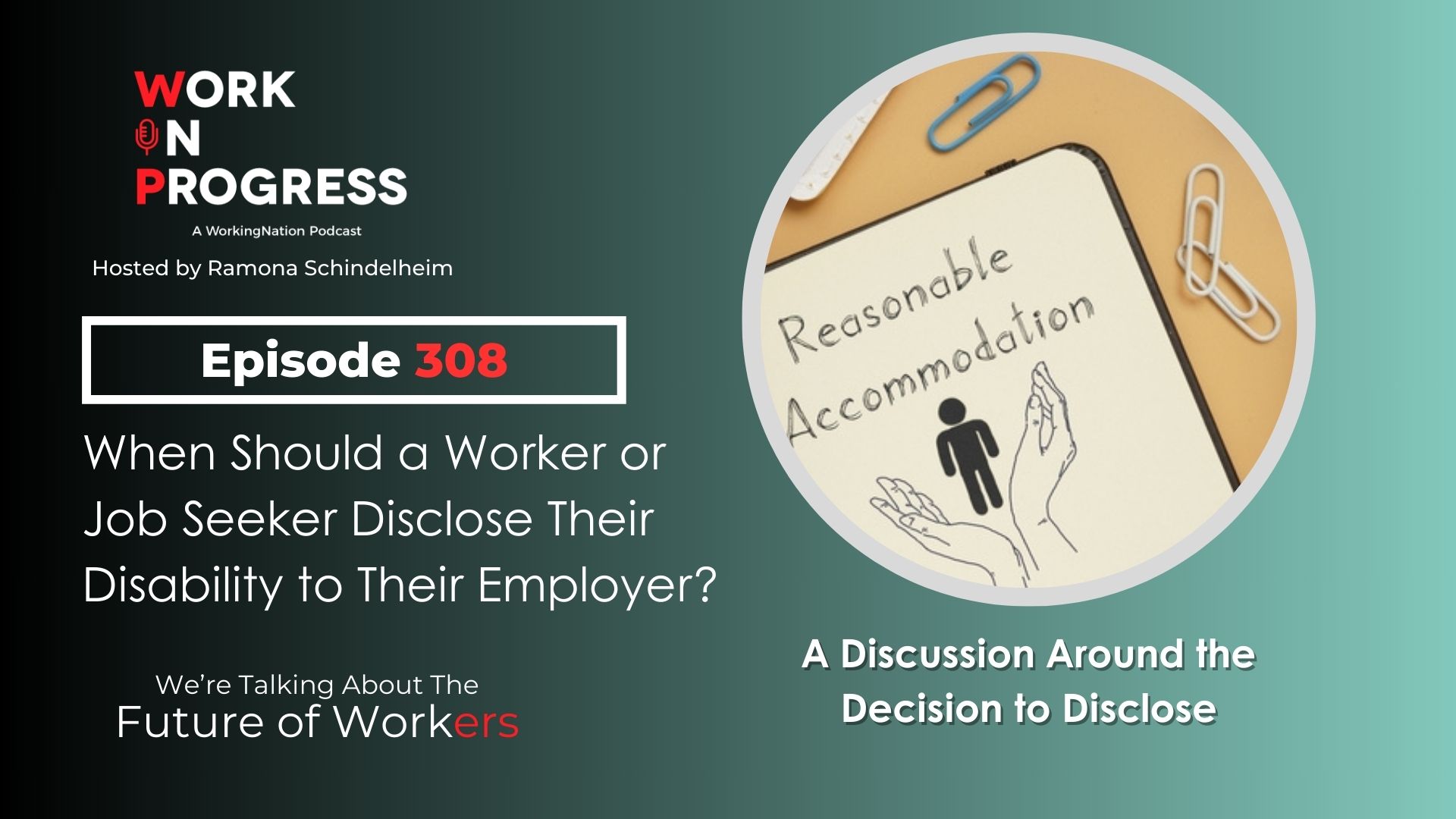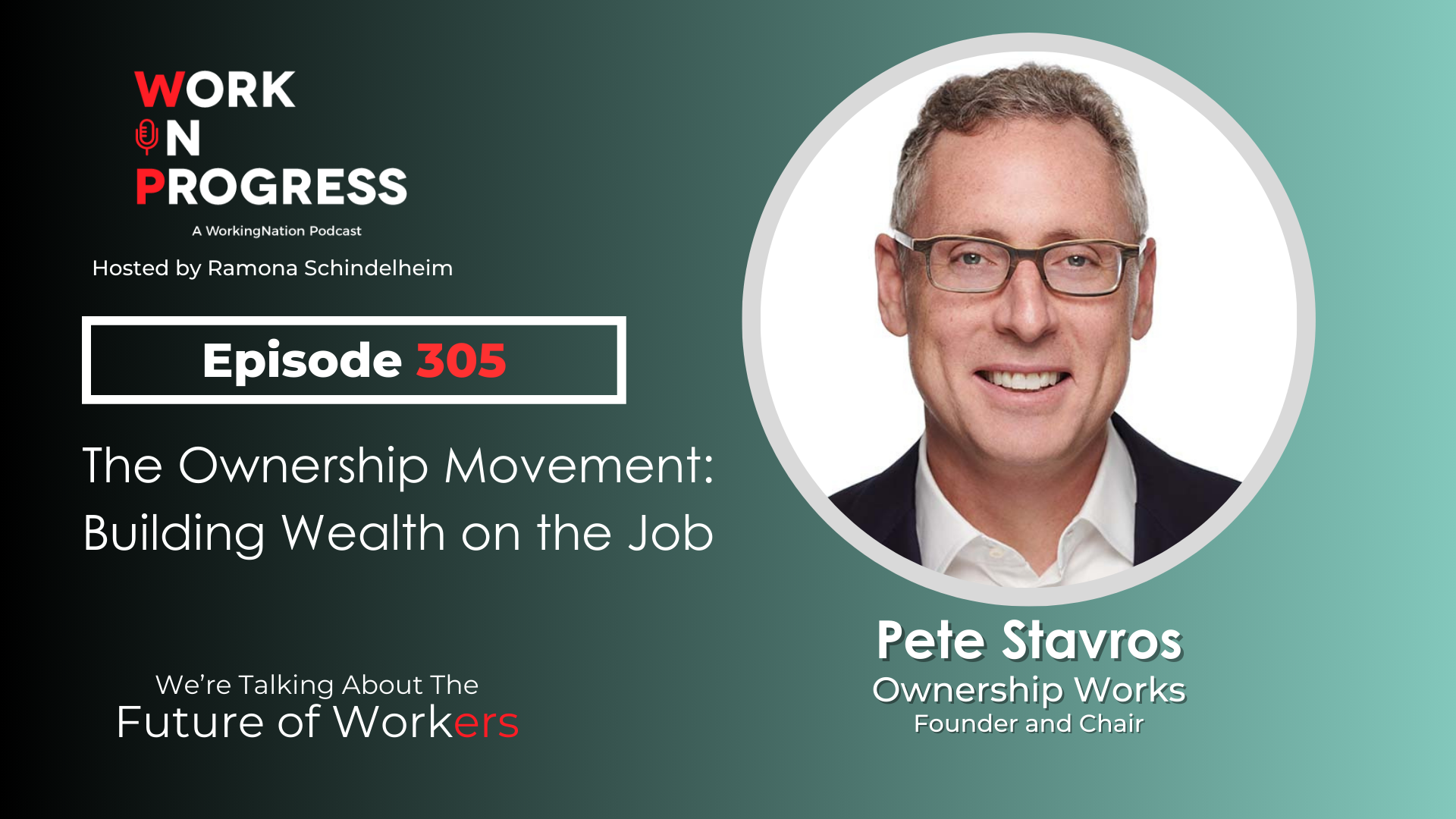More than a half million people re-enter society each year after serving time in prison. With continuing education and job training opportunities, many return to their communities with skills and knowledge valuable to employers with openings.
But this workforce faces challenges: just over 55% of formerly-incarcerated applicants are earning any wages within a year’s time of their release. Employers have concerns including liability issues, potential violence, and potential addiction. That’s led to an unemployment rate among the formerly incarcerated that is five times higher than the general population of the U.S.
But with new laws such as the 2018 First Step Act and advocacy efforts aimed at showing the value of this previously shunned workforce, that tide is turning. More than 80% of hiring managers recognize workers with a criminal history are just as, if not more, qualified as someone without a record, and almost as many managers find it cost efficient to recruit and hire them.
Getting Talent Back to Work
To help human resources professionals navigate the process, the Society for Human Resources Management (SHRM) Foundation and Center for Employment Opportunities (CEO) have launched a partnership to promote inclusion and the hiring of the formerly incarcerated. Together, the two organizations have created the Getting Talent Back To Work (GTBTW) Certificate program.



“If we are going to change our criminal legal system, if we’re going to end mass incarceration, we have to end all of the structures that have kept it in place,” says Christopher Watler, chief external affairs officer at CEO.
“Mass incarceration is an expensive and ineffective policy that doesn’t do anything for public safety, but it harms communities, and I would say harms the business climate in communities.”
“We need more employers to step up and do what many employers are already doing and finding out that people who have criminal backgrounds in their past are often amazing, amazing hires. We think companies should take advantage of this resource,” he tells WorkingNation.
The program includes two components: a self-assessment and a curriculum. The assessment is designed to provide information on common questions about this untapped workforce.
It leads the user through a short series of questions about their industry or business sector, what is needed to be successful within that business, and specific areas of interest. This portion takes about 10 minutes to complete. Responses lead to a custom report that include tools and resources tailored to your responses.
The curriculum is a 10-hour online, self-directed program that helps HR professionals and other stakeholders understand and impart the knowledge and skills leading to the creation of a workplace that includes those with a conviction history.
Video modules, guided reflection activities and quizzes provide an overview of the criminal justice system and how it works, the differences between prison and jail, probation and parole, how to lead culture change in an organization, how to support an employee’s full talent lifecycle, and more. HR professionals can earn 10 professional development credits towards the professional certification offered by SHRM.
A Helping Hand to a Second Chance

“There is strong support for helping people with these conviction records get a second chance,” says Wendi Safstrom, SHRM Foundation executive director.
“I think it’s a matter of sorting through and addressing perceptions of both employees and customers as well, to make sure that more businesses are wise to consider hiring people with records. Especially, given that both customers and employees are extremely receptive. We just have to actually put it into play and activate it,” says Safstrom.
“This gets to social impact and all the conversations around racial justice,” Watler adds. “I think increasingly, companies are realizing that their employees want to make sure that the company is actually an inclusive company. We know from other research that inclusive companies do better, and we know that when you ask, when you poll workers, particularly Millennials and younger workers, and you ask them what kind of company they want to work for, they talk about a company that does, that is an inclusive employer, that embraces diversity and embraces kind of social impact.”
Who’s Taking the Course?
So far, more than a 100 people have taken the course. Watler says he anticipates small-to-medium size companies will be early adopters to the certificate program because they have a harder time competing for talent than large companies. He hopes leaders of industries and professional associations will see the program’s value and commit to proactively recruiting and hiring the formerly incarcerated.
Once these employees are part of the team, the SHRM Foundation is already working on programming to assist with those next steps, according to Safstrom. It’s a set of principles for not just HR professionals but managers and coworkers as well to encourage recognizing, respecting and understanding experiences that may be different and unique.
“Overall, it contributes to this conversation about diversity, equity and inclusion,” Safstrom says. “They can be difficult conversations. They can be maybe not necessarily PC conversations, but they’re conversations that need to be had. Because I think just as we’re experiencing managing mental health and wellness in the workplace, everybody has got something going on in their lives. Certainly, that’s what makes your overall employment experience much richer.”











